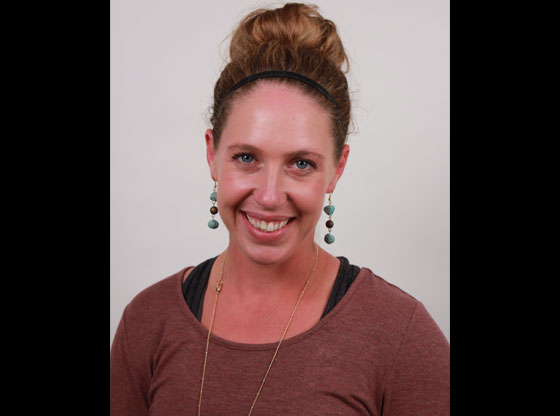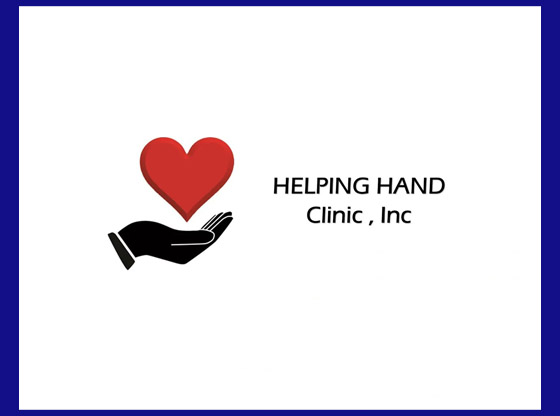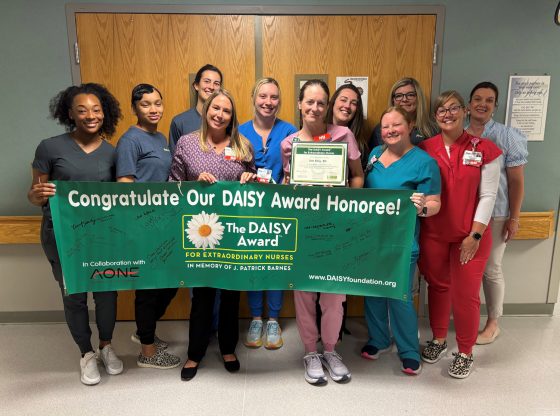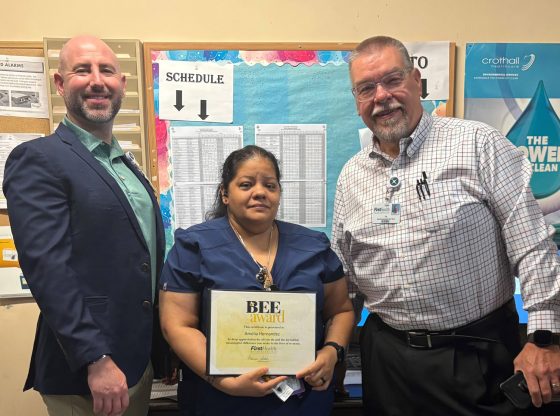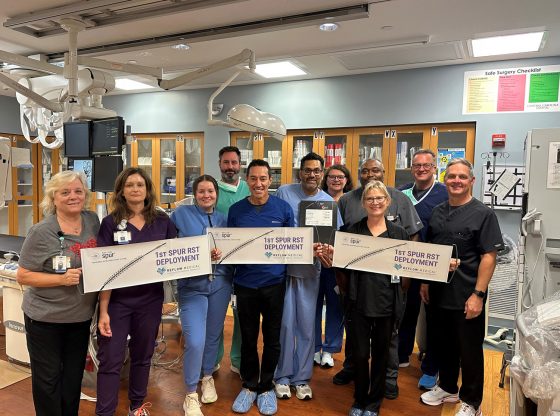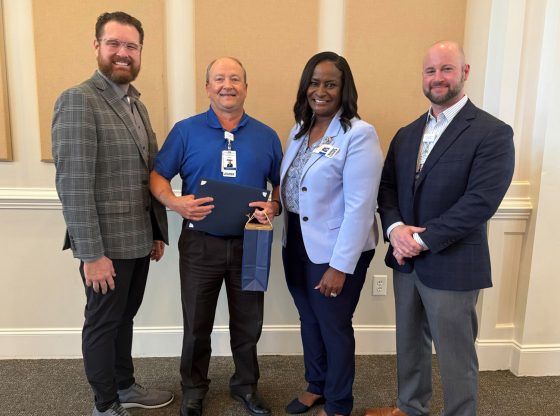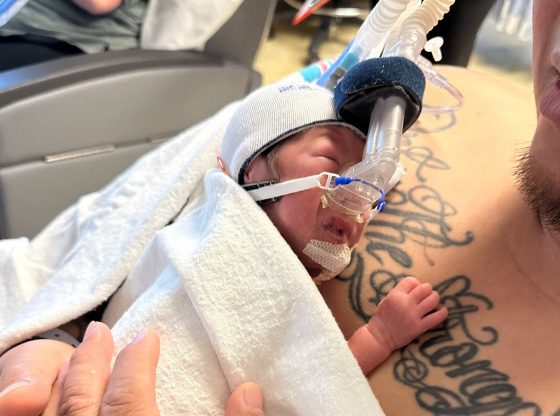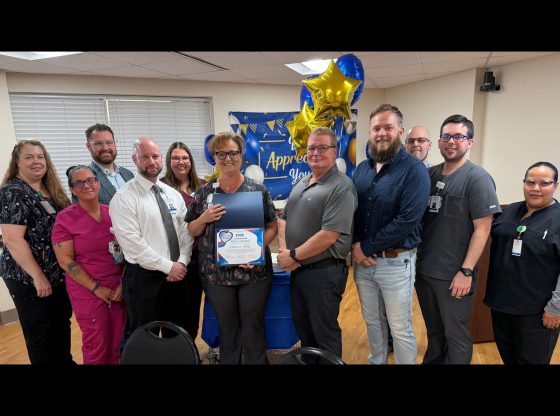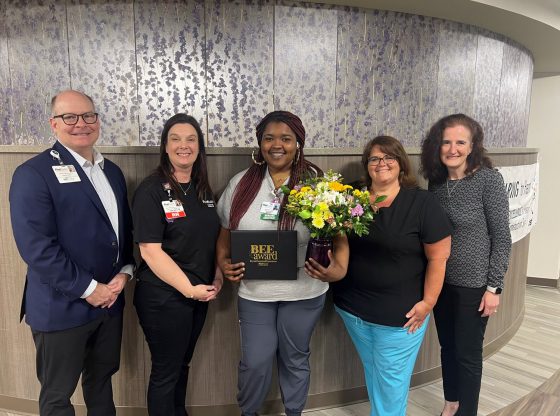Charles McPherson didn’t become really concerned about how bad he was feeling until acquaintances started telling him that he didn’t look well and that it might be a good idea to have his sugar checked.
When he did, he learned that his blood glucose (blood sugar) level was almost 500. Normal is less than 100 when fasting and less than 140 after meals. His A1c, a blood test that provides information about a person’s average levels of blood glucose over the previous three months, was nearly 14 percent. An A1c of 6.5 percent or higher indicates diabetes.
“I didn’t even know I had sugar,” the 61-year-old McPherson says. “I found out that day.”
After McPherson spent a night in FirstHealth Moore Regional Hospital-Richmond to get his blood sugar level down, he was referred to FirstHealth Diabetes & Nutrition Education. His A1c qualified him for the program’s comprehensive six-hour self-management class, an hour-long individual assessment and as-needed follow-up with Doretta Wright, R.D.
A registered dietitian and nationally certified diabetes educator, Wright was impressed by McPherson’s motivation to control his condition.
“He had a lot of questions,” she says. “He had done his homework before coming, but he still had a lot of questions about how to control his diabetes, about eating. He had already started to lose weight and make dietary changes. He definitely came into the program with a positive attitude and was taking action.”
“I wanted to do what I needed to do,” McPherson says.
A weight loss of 7 to 10 percent of current body weight has been shown to increase insulin sensitivity and decrease the risk of heart attack and stroke. With Wright’s advice about cutting back on carbs and sugared sodas, avoiding fast food and adding healthy foods to his diet, McPherson lost even more weight after starting the program.
He also lowered his A1c from 13.9 percent to 6.2 percent. An A1c of less than 6.5 percent is considered well-controlled for someone with Type 2 diabetes.
“I didn’t have a clue,” McPherson says. “I used to eat until I got full. Now my main meal is no bigger than my fist.”
Because of a disabling back condition, physical activity has been more difficult, but McPherson has continued the weekday pool-walks at FirstHealth Fitness-Richmond that he had started after back surgery. His goal is to trim another 15 pounds from his frame.
According to Wright, a primary goal of FirstHealth Diabetes & Nutrition Education is to help participants manage their diabetes so well that it’s controlled, which helps them avoid such diabetes-related risks as blindness, amputation and kidney failure.
Participation in the Diabetes & Nutrition Education program is individualized and tailored to meet each patient’s specific needs. Services can include the Diabetes Self-Management Program, cholesterol and blood pressure management, nutrition and weight-loss management, metabolic testing (calories burned) and genetics testing to determine individual diet, nutrition and exercise needs.
“The goal of diabetes education is to help people with diabetes practice these behaviors every day,” Wright says. “This can be difficult, but it does work.”
McPherson agrees.
“I was very happy with what I learned in the class,” he says.
Feature Photo, Doretta Wright, R.D.


